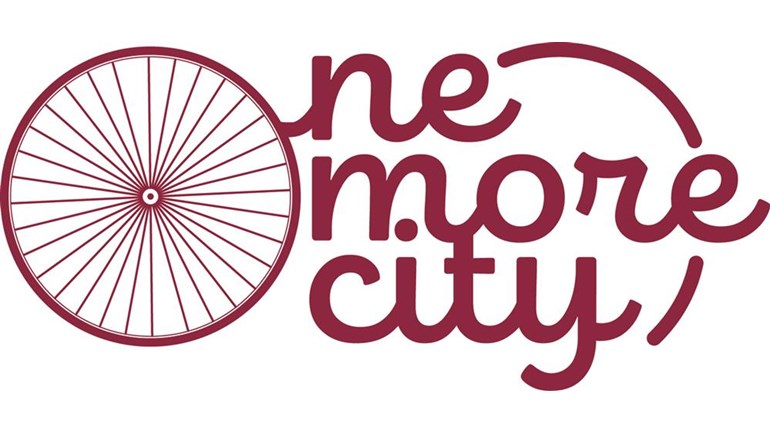Why We Ride
One More City seeks to improve the understanding of secondary breast cancer, and raise much needed funds for innovative research so that more people can live longer and better lives with the disease.
What is secondary breast cancer?
Breast cancer remains the most common type of cancer in Europe. 1 in 8 women will get breast cancer, and 150 new cases are diagnosed every day in the UK alone. Intensive research into diagnostic and drug development efforts have resulted in remarkable falls in deaths from breast cancer, such that 78% of women survive 10 years or more after initial diagnosis. Despite this tremendous progress, in 2016, 11,563 women died from breast cancer just in the UK.
Women die from breast cancer when it has spread to other parts of the body, such as the lungs, liver, bones and brain. This is called ‘secondary’, ‘advanced’, ‘metastatic’ or ‘stage 4’ breast cancer. In contrast, ‘primary’ or ‘early’ breast cancer is when the disease is confined to the breast and lymph nodes in the armpit, and can be potentially cured by treatments like surgery, radiotherapy and chemotherapy. The earlier breast cancer is diagnosed, the greater the chance of a cure, which is why prevention and early diagnosis offer the best chance for survival.
Despite the best treatments available for primary breast cancer, an estimated 20-30% of women and men, will develop secondary disease, which is no longer curable. The younger you are, the more likely you are to get a recurrence. These people will spend the rest of their foreshortened lives on some form of treatment. The average lifespan after a diagnosis of secondary breast cancer is only three years. The good news is that more people are living longer with secondary cancer, but we are a long way from this becoming a chronic disease like certain forms of heart disease or diabetes.
Treating secondary cancer is complicated, and can be a source of confusion. For example, breast cancer that has spread to the brain or lung is still breast cancer, not brain or lung cancer, respectively. Also, the pattern of treatment is different from primary cancer, and often less predictable. Whereas most primary breast cancer patients follow a fairly standard protocol of a combination of surgery and /or chemotherapy and radiotherapy, the treatment path for secondary cancer is more individualised, and less likely to follow a generally recognised pattern.
Treatments can change over months and years, depending on how the tumour responds, based on regular scans and blood tests. It is common for recurrent breast cancers to develop resistance to the drugs, narrowing down the available options. This unpredictability makes it even harder for doctors and scientists to understand how secondary cancer develops. It also imposes a psychological burden on the patient – the ever-present fear that their cancer will stop responding and they will run out of treatment options. Nonetheless, thanks to advances in research, more women and men with secondary breast cancer are living longer, and with a better quality of life. But there is so much more to do.
Sadly, despite being the reason that 30% of patients with breast cancer die, secondary cancer still attracts a paucity of research funds. Most funding is poured into research projects to treat primary breast cancer or prevent breast cancer altogether. One More City is currently funding a PhD student at Imperial College London and PhD student at the Institute of Cancer Research.
For more information about The Institute of Cancer Research, please see here.
For more information about breast cancer, primary and secondary, a good place to start is the excellent book by fellow cyclist Dr Liz O’Riordan, and her colleague Professor Trisha Greenhalgh, The Complete Guide to Breast Cancer.
There are also many resources online provided by such organisations as Macmillan, Breast Cancer Care, After Breast Cancer Diagnosis, to name just a few in the UK only.

